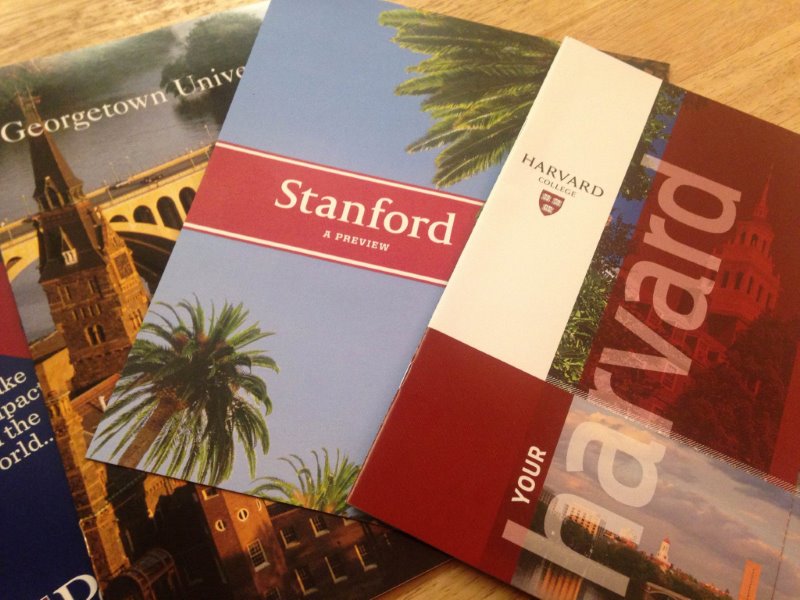Expensive rejection: A look at the rise in college application costs
With college tuition costs the most they have ever been, it is often easy to overlook the other every growing college expense, the application process.
February 6, 2015
I breathe a sigh of relief. I have completed all of my college applications and now the hardest part is over! The battle has been won! Time to throw the confetti and streamers as I press submit!
But wait. “You will need to submit the required $80 fee for your application to be complete.” Multiply that by seven and add the required $12 to send an SAT score report to each school; multiply that by seven and add the required $15 to send your AP scores to each school. Multiply that by seven, and look at that, I’ve spent enough to pay for my gas for the next eight months.
As the astronomic tuition cost for attending college in the U.S. continues to rise, so too has the fee to simply apply to such schools. In a recent U.S. News and World Report survey of 1,073 ranked institutions, Stanford University was ranked as having the highest application fee at a pricey $90. In 2014 alone, 42,167 students applied to Stanford, indicating that Stanford received roughly $3,795,030 in application fees, before subtracting those students who qualified for fee waivers. Stanford’s 2014 acceptance rate was 5%, meaning that about 40,000 students not only received rejection letters, but paid $3,605,310 to an institution they will have no option of attending.
Yes, $90 may be a small price to pay for the chance at an enriching, life-changing experience, but the issue is that students are not paying a single fee. Many students apply to multiple schools and ultimately the cost adds up. With diminishing acceptance rates and increasing selectivity, students can find themselves applying to upwards of fifteen schools that they have no guarantee of being accepted to and of which most carry costly application fees. For students applying to even more selective specific programs, such as those for the performing arts, it is the norm to apply to at least ten schools to guarantee a spot in at least one.
Of course, these selective schools often offer fee waivers, but a student must meet specific guidelines in order to qualify for such benefits. On the common application, students may be eligible for a fee waiver if they have previously qualified for SAT fee waivers, are members of low-income families, or have a letter submitted by a counselor. While these benefits are greatly beneficial for low-income families, it can often leave the middle class in the lurch. While the hundreds of dollars that application fees may rack up may be “feasible” for middle class families, it does not mean that those funds were not taken from savings for future college tuition or retirement funds. Most schools advertise that they do not want the application fee to bar any student from having the chance to apply to their institution, but often the high cost can be the final deterrent to a prospective student.
The ultimate question remains this: where does all the money go? In a recent LA Times article, it was found that much of the money from tuition and fees does not go toward providing a better education or ensuring smaller class sizes but rather is spent on athletic team expenses, ever-growing administrations, and tenured professors. While a future attendee to one of these institutions may not be directly affected by the efforts of their dollars, they may still be able to appreciate the purposes towards which they are put. However, a majority of the money spent by students on application fees for highly selective schools is spent by students who will not even be offered admission to the institution, and as it is clearly stated on the Common Application, there will be no refunds.
As students brace themselves for the economic blitz that is paying for a college education, the fee to purely apply may just be the straw that breaks the camel’s back and that ultimately limits colleges from an entire pool of worthwhile prospective students who simply cannot afford another fee.










